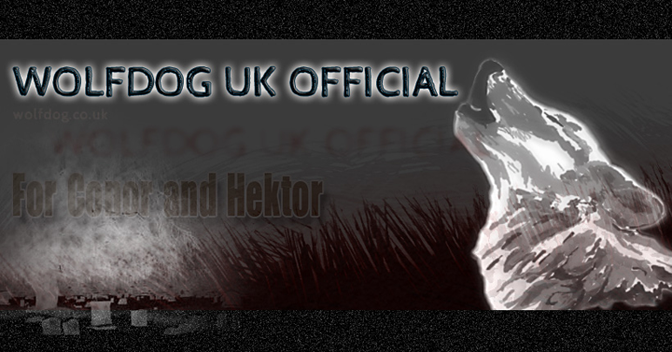 Because of their place at the top of the food chain, large predators are crucial to the functioning and structure of ecosystems. Research focusing on tropical cascades clearly shows that the unjustified removing of predators can lead to a cascade of problems. This includes changes in populations of other species, how disease outbreaks behave in ecosystems as well as how much carbon ecosystems absorb.
Because of their place at the top of the food chain, large predators are crucial to the functioning and structure of ecosystems. Research focusing on tropical cascades clearly shows that the unjustified removing of predators can lead to a cascade of problems. This includes changes in populations of other species, how disease outbreaks behave in ecosystems as well as how much carbon ecosystems absorb.
Slovak nature conservation NGOs have been pointing out the importance of wolves as keystone species for years.
They have been continuously speaking up for a year-round protection of the species. However, between November 1 and January 15, Slovak hunters will again able to cull as much as 50 wolves. Although state and non-governmental NGOs, over 52,000 people as well as the state forest managements themselves declared their support to ban wolf culling in Slovakia all year round, the Ministry of Agriculture finally decided to increase last year´s quota of 35 individuals by an additional 15.
Public pressure and conflicting statements
The debate about banning the annual quota for hunting wolves has been on the agenda for years. Last year, the Slovak Ministry of Agriculture set an annual quota for wolf hunting at a maximum of 35 wolves. However, during a committee meeting, Slovakia’s Ministry of the Environment, the State Nature Conservation Agency, as well as several other committee members proposed a total ban on the practice. Moreover, over 60 000 Slovak citizens signed a petition in 2019 calling for a total ban.
This year, the situation has been similar. Nearly 60,000 people already signed the petition for a zero quota. The ban was also supported by the Minister of Environment of Slovakia. Moreover, before any decision was made, the Slovak Hunting Chamber responded to the public pressure with a strong statement. They publicly declared that they would not continue hunting wolves, regardless of the final quota for this year.
Now, after the decision for the 2020/2021 hunting season, the spokesman of the Slovak Hunting Chamber denies that statement. The decision followed the arguments that the wolf population is healthy and their territory has increased by 42%. The number of wolves estimated by the National Forestry Center is over 700 individuals. However, experts in wolf monitoring and NGOs do not agree with this figure, as their estimates speak about 400 individuals.
Moreover, the argument behind the killing of wolves is often damage to livestock: mainly sheep and goats. According to the Ministry of the Environment of the Slovak Republic, the wolf causes an annual damage of 30-40,000 EUR. In contrast, representatives of the Association of Sheep and Goat Breeders report an annual damage of up to 500,000 EUR.
![]() Strong reasoning behind a year-round protection
Strong reasoning behind a year-round protection
The Slovakian NGO Vlk, the My sme les civil initiative, together with other partners have been asking for the all year-round protection of the wolf. They have summarized the main reasons behind introducing a zero quota:
The wolf has an important role in reducing the damage to agricultural and forestry crops.
Shooting wolves does not reduce livestock losses. On the contrary, data from recent years show that the biggest damage caused by wolves to livestock followed the years when the number of wolves killed was the highest.
The damage caused by deer and wild boar to agricultural and forestry crops is twenty times greater than the damage caused by wolves to livestock. (Damage caused by wild boar and game, as not sufficiently regulated by wolves, amounts to around 17 million EUR a year in agriculture alone. To this comes the damage to forest stands, estimated at 974,000 EUR. Moreover, other measures for the protection of young forest stands reach the amount of 2,263,000 EUR).
Wolves help prevent the spread of diseases such as the African Swine Fever, as scientific studies have shown.
The culling of individuals from the population is possible only after effective population monitoring, conducted in the entire territory of Slovakia. Such monitoring has not yet been done and submitted to the European Commission.
What’s next?
With the set quota, wolves can be hunted outside national parks and outside the territories of European interest. However, experience shows that most animals are shot close to the national parks. This can cause a significant interference with the gene fund and the Slovak wolf population may suffer serious consequences. According to monitoring experts, the set quota is not based on appropriate monitoring. Therefore, the NGO Vlk will write a letter to the European Commission which could lead to a possible infringement case against the Slovak Government.
The post Slovak hunting quota for wolves increases appeared first on European Wilderness Society.

Last 3 Comments